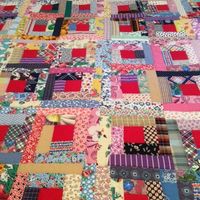Maybe you know Picasso's famous painting called Guernica, that powerful image of anguished figures portraying the chaos and suffering of war. It's been an icon of anti-war sentiment since it was created in 1937 during the Spanish Civil War when the German Nazis and Italian Fascists bombed the living daylights out of the Basque town of Guernica.
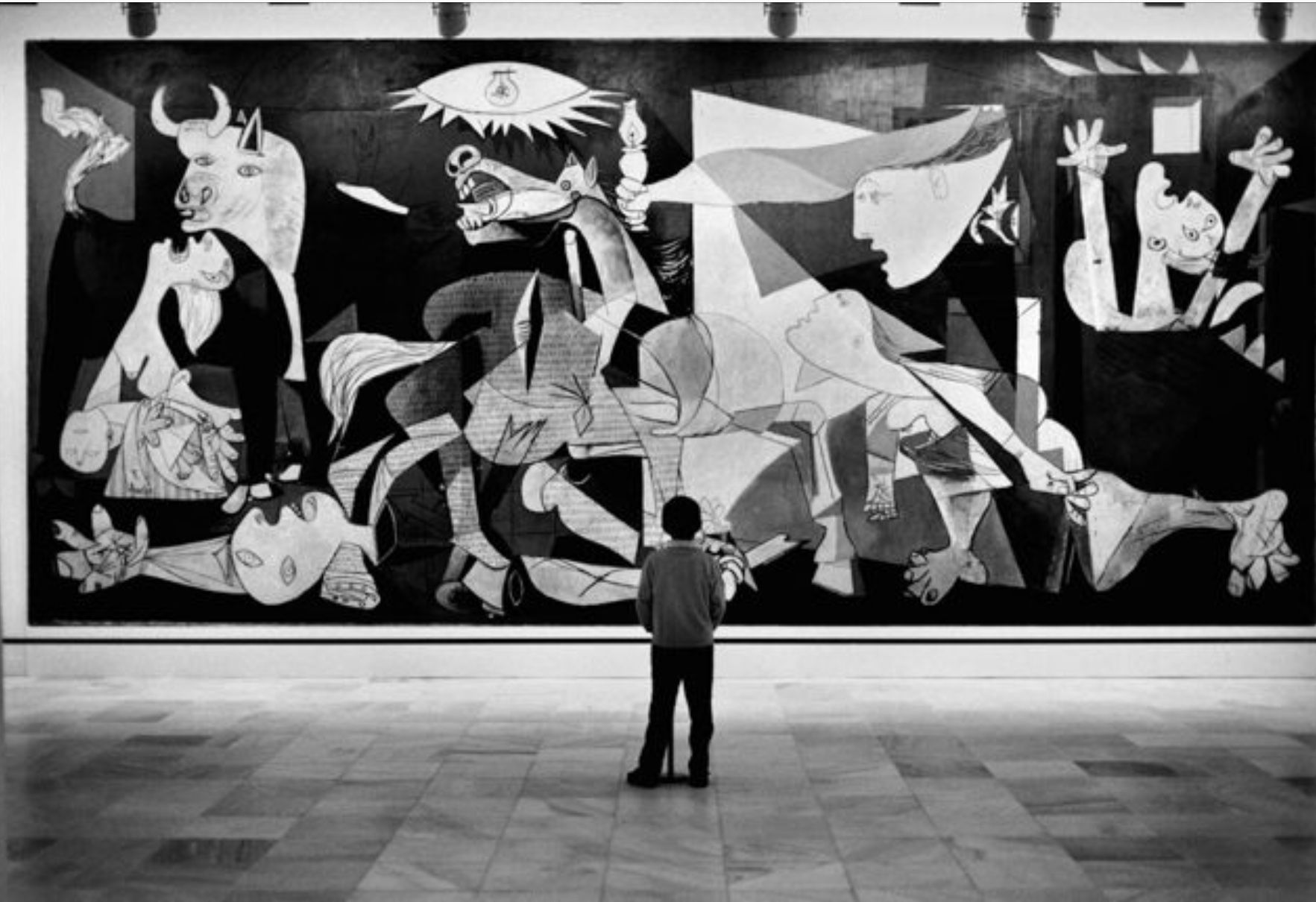
A Canadian artist named Adad Hannah collaborated with five University of Saskatchewan fine art students to built their own version on-site at the Remai Modern in Saskatoon. It's on display now until February 27, 2022.
Constructed from thrift store finds and dumpster cast-offs, it's my kind of installation! An ironing board, lampshades, an animal skull, your mother's enamel roasting pan, golf clubs, croquet mallets, a shovel, a strainer, a broom and a bird cage. All things that give it a distinctly lighthearted and local feel.
It's a loaded composition that's loosely inspired by Picasso's shapes and lines but isn't the least concerned with copying his message or his symbolism.
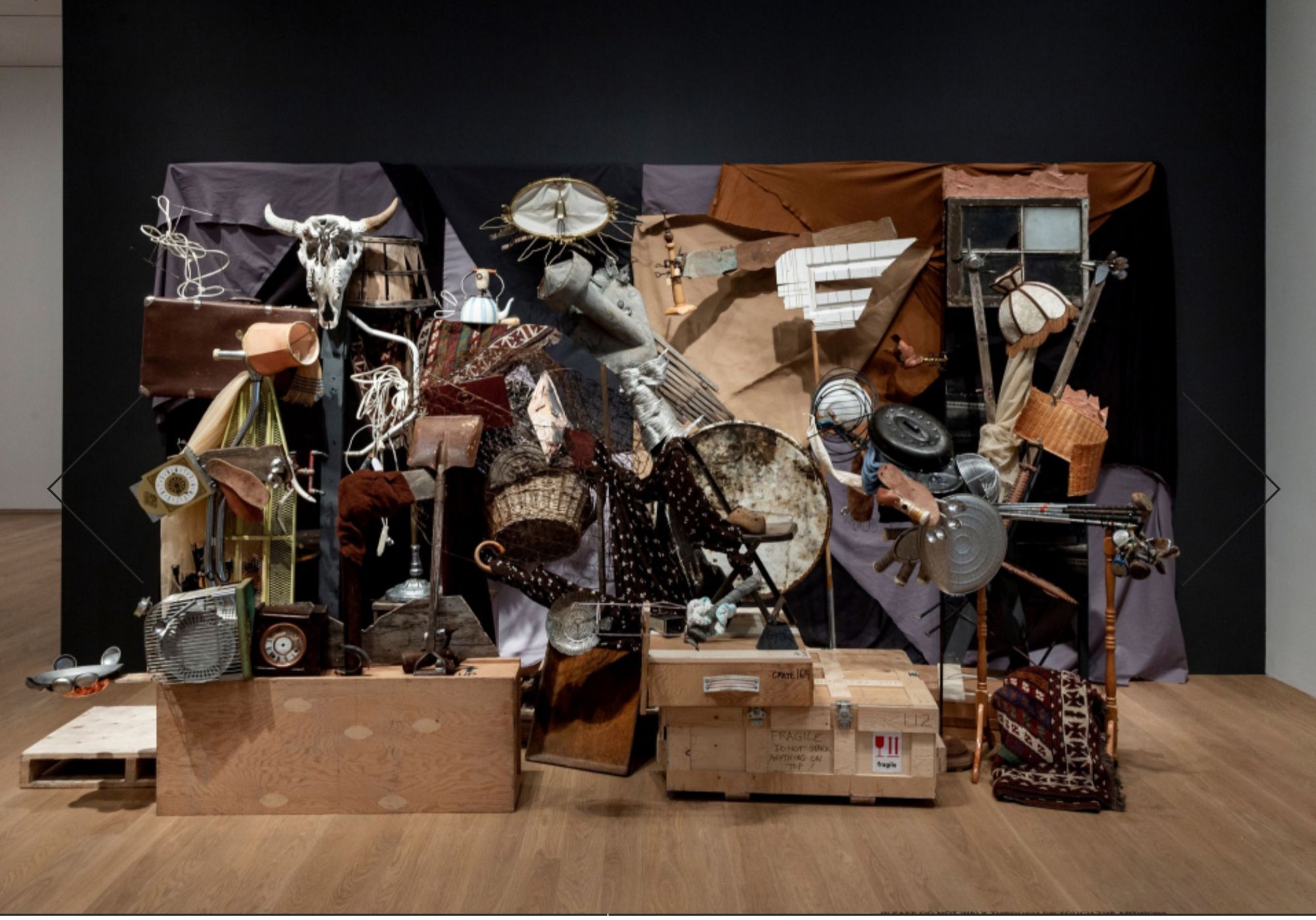
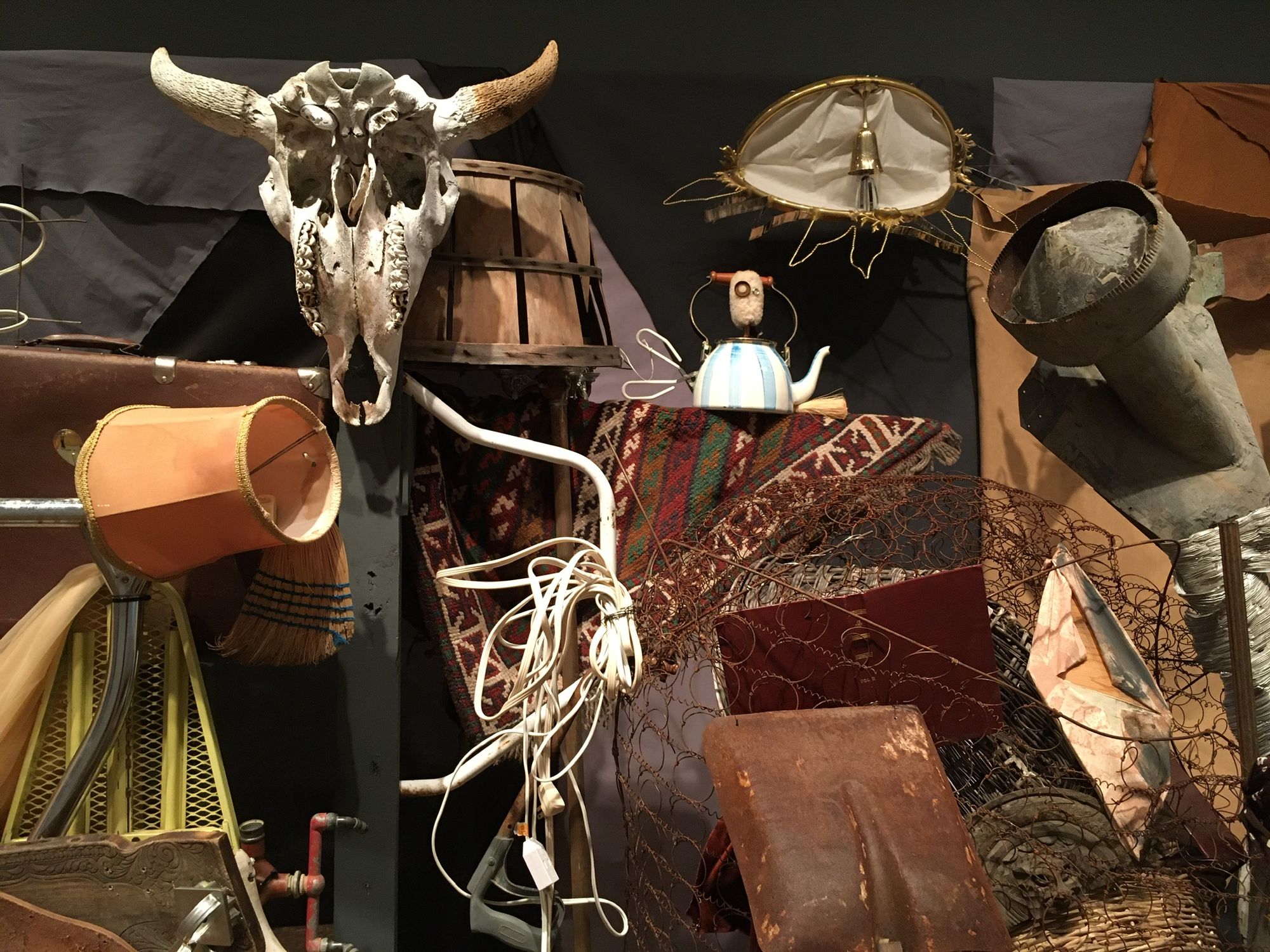
It may look like a random conglomeration at first glance but I think it's a unified sculpture; a big precarious installation with the unity of greys, blacks, browns and beige, lots of texture of wicker and grills and textiles, repetition of circles and energetic diagonals, contrasts of straight lines and tangles of wires and cords and mattress springs.
It's original and surprisingly cohesive and must have been fun for the team to build. I like it!
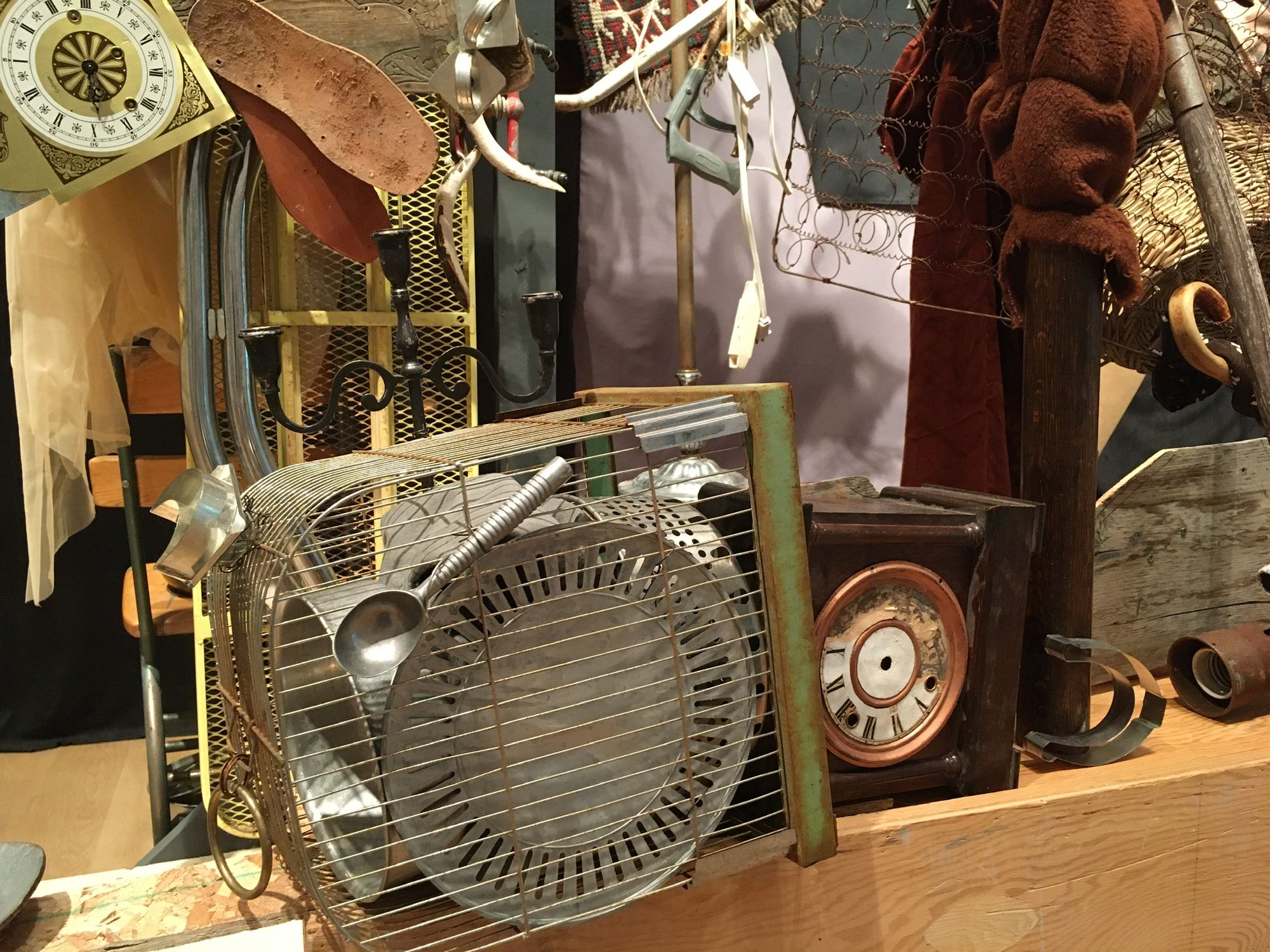
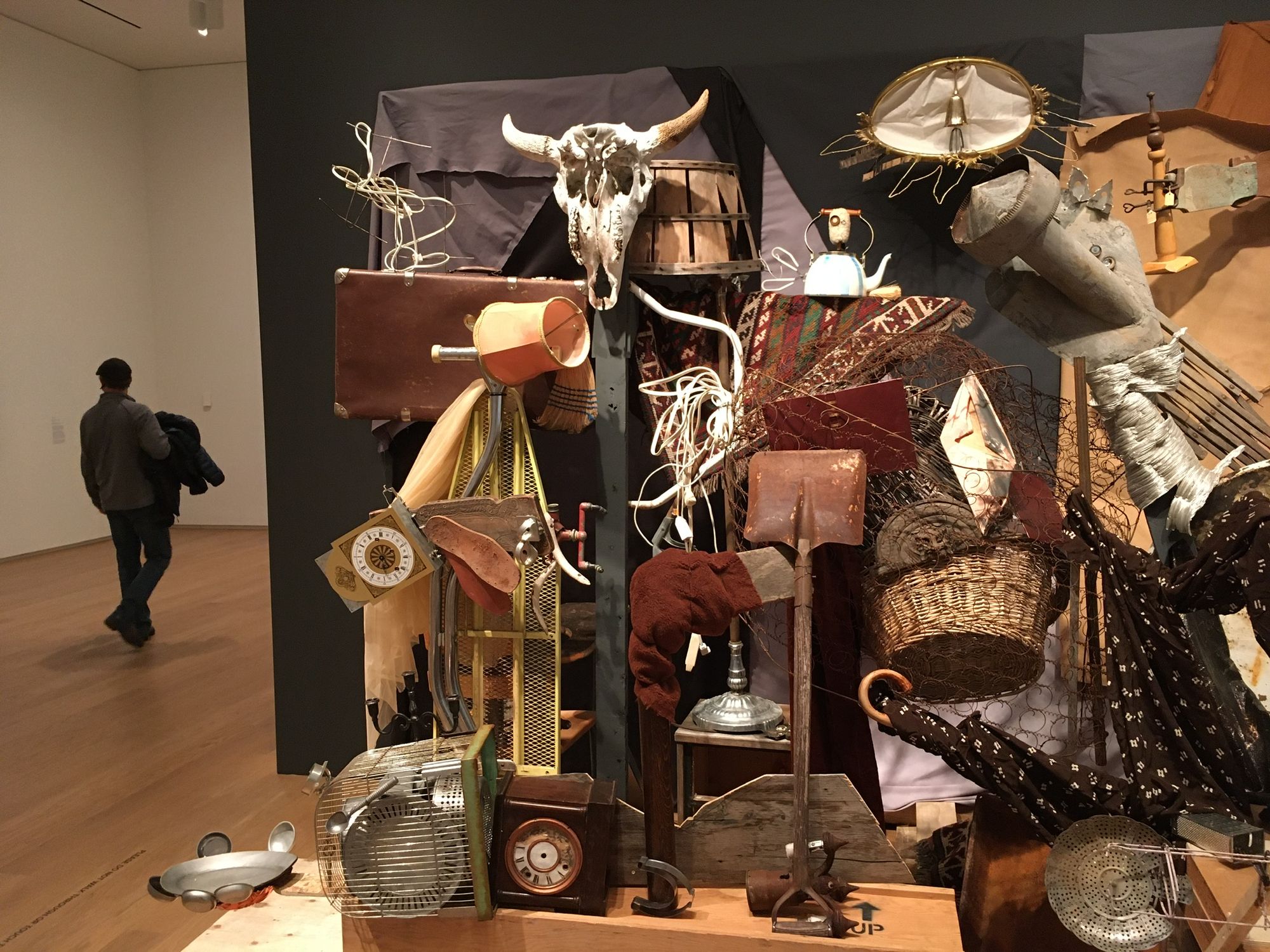
Picasso enjoyed working with found objects and made many sculptures that he didn't take too seriously, like his well-known bull's head made from the handlebars and seat of a bike.
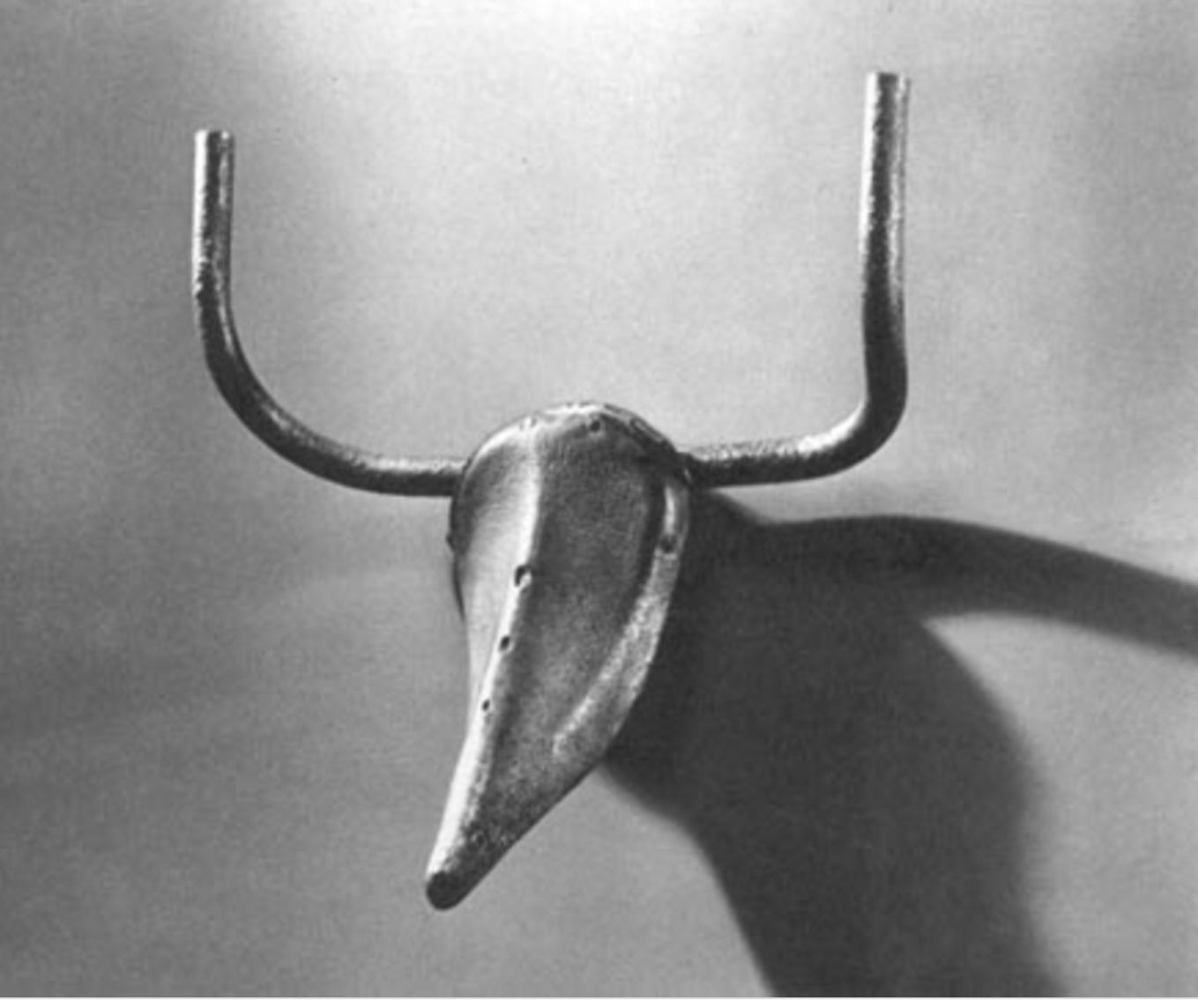
There are some other large works in the Guernica Remastered exhibition at the Remai, including a giant photo collage with an appearance by Prince William as guest speaker, and a "tableau vivant" or living picture.
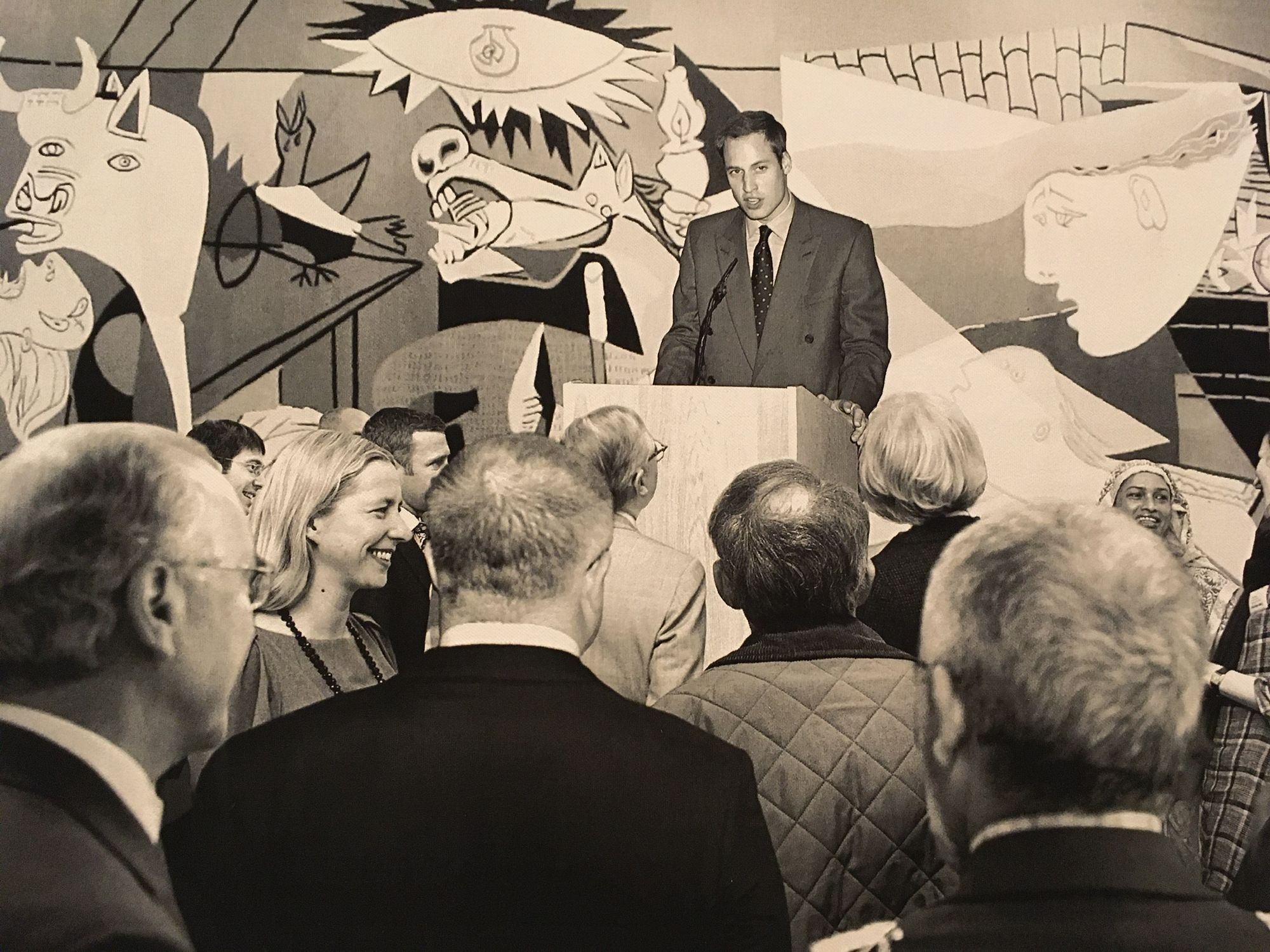
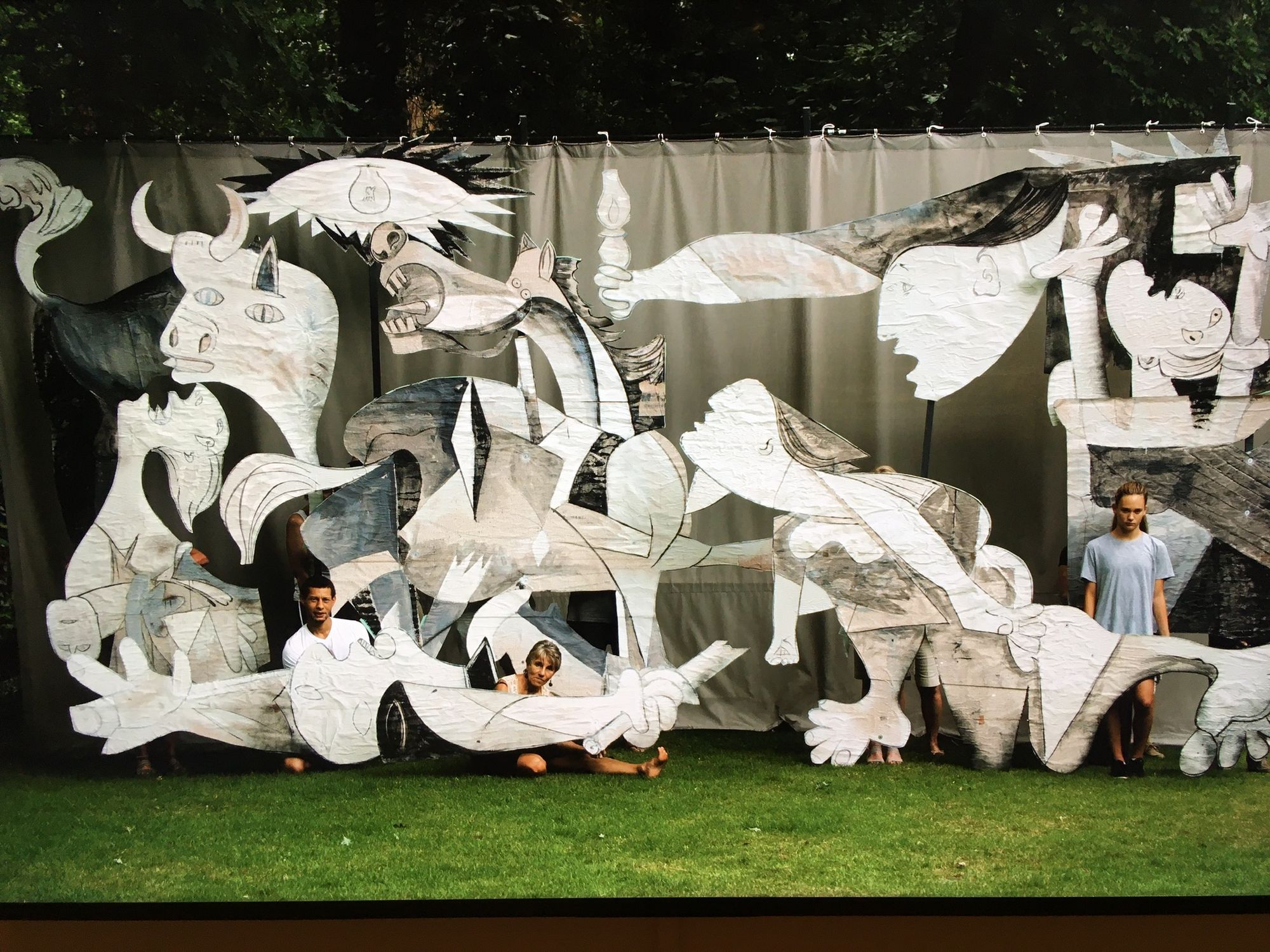
For more background on the original Guernica, read on. (I didn't study art history for nothing!)
Picasso was so horrified by the destruction happening in Spain that he sent his huge painting touring around Europe to raise funds in support of the left-wing republicans. When the fascists won the war in 1939, he said the picture would not return to Spain as long as the dictator General Franco was in power.
Guernica stayed at the Museum of Modern Art in New York until 1981. It returned to Madrid when democracy had been restored and it's still displayed at the Reina Sofia Museum, where I saw it in 2015. I had learned about the painting during my university years so appreciated seeing the original. I sat on the floor and looked at every corner of it for quite awhile.

